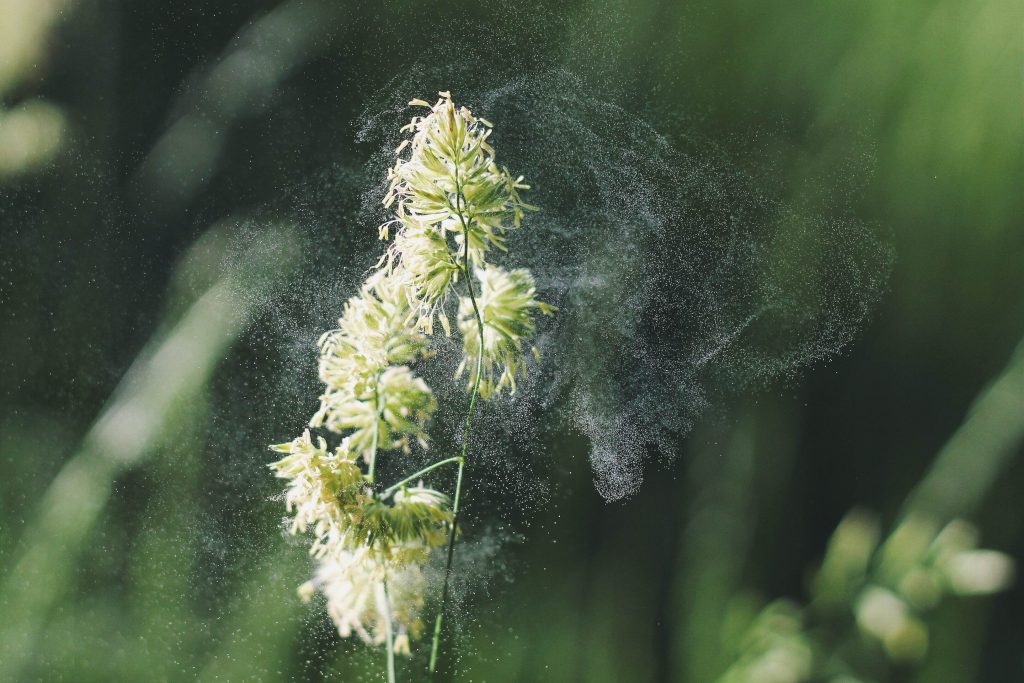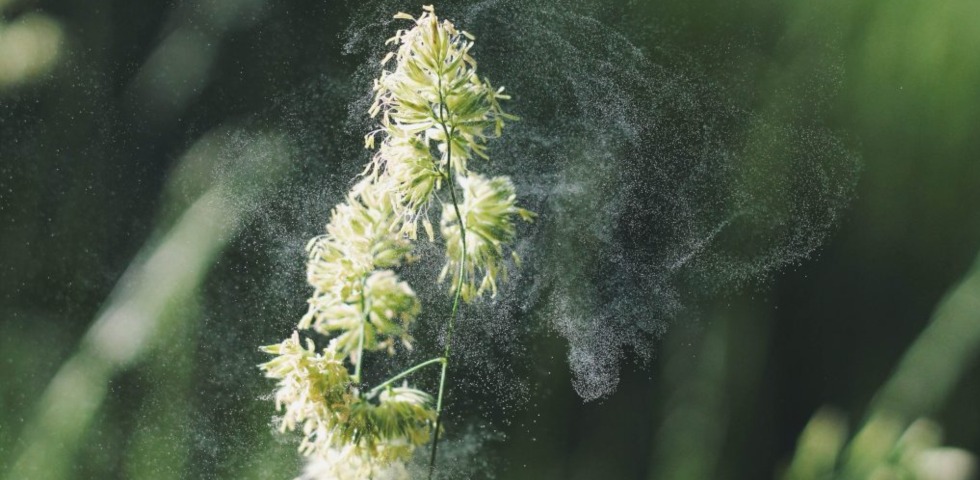
For professionals and detailing enthusiasts who struggle to encourage or educate people on caring for their paint, feel free to share this content.
Pollen can be a real pain. But like many foreign substances in the detailing realm, safe removal is the real issue. Especially with pollen affecting many of us in Florida, this article is meant to help those that appreciate seeing their paint looking good and discerning about its appearance even after the dirt is removed. The micro scratches, called swirls, are a product of how people are washing their cars.
Improper hand washing causes swirls! Most people are more concerned with the cleaning aspect of the car at the expense of focusing on being gentle. You may not care about swirls, and in that case this article does not apply to you. I get it! Everyone does not care about their paint at the level of an enthusiast who is into paint correction or just appreciates how very reflective paint looks post auto detailing. This article is for those that appreciate polishing (paint correction) services, that improve the aesthetics of your paint. For those individuals who do not want to see their paint looking like a spider web (the swirls), I have some particularly important wash tips.
I believe it has always been a bad idea to use a quick detailer or worse spray wax to clean your dusty car. Bad wash technique immediately causes the spider web appearance called swirls and deeper scratches (see below). If you go on a five-minute drive, even if it does not look like it, your car is too dirty for a quick detailer. I have multiple clients who attended car shows. Their paint looks better than most of the cars there for a reason. You see most of the people presenting their cars at these events rubbing a dirty microfiber over their car with a quick detailer or spray wax, scratching their car.
But casually cleaning or wiping away pollen with a quick detailer and towel is significantly worse. Pollen is not dust. A collection of pollen is like sand in texture. It is harsher, more rougher to the touch. From experience, the annual or biannual pollen season can be a severe annoyance for Florida residents. As I write this article, the pollen attack in Gainesville is brutal. I emphasize that it is not fun to look at pollen on your car. But removing it is the biggest problem. Most people do not realize how much damage rubbing this off your car can do to your paint. Even with the water rinsing the pollen off from a rainy day, you are not out of danger due to its clingy nature. Pollen also has acidic properties that are activated by moisture. This accelerates wax degradation. This is another case for (true) ceramic protection. You need to approach even a light layer of pollen the same way you would for a very dirty car!
For those that need a refresher on the 3 different wash types; there is the Two Bucket (traditional) wash method, the Rinseless wash method, and the Waterless wash method. There are intelligent variations of the traditional wash method and rinseless, but my intention is to not go too far down that tangent. I am more focused on troubleshooting areas where you may be marring your paint.
When in doubt the traditional two bucket method is the most comprehensive approach to safely washing your car in most scenarios. Although I often use the rinseless wash method and believe a legitimate case can be made that the rinseless wash method is just as safe if not safer than the traditional wash method. The only reason I rank the two bucket method ahead, is the opportunity to flush loose debris with a source of free flowing water.
Rinsing the car with water of loose debris with your pressure washer or just a hose cuts down your margin of error. It also starts the breakdown process of dirt and grime. This is particularly the case for scenarios in which you have gone a while since washing, driven on dirt roads, or your car is moderately caked in pollen.
Detailed breakdown and example of these two wash methods below:
- How To Properly Wash And Dry A Car
- The Best Way To Hand Wash A Car
- Waterless And Rinseless Washing: What Is It And How To Do It
Although it has its place, I am not the biggest fan of waterless washing. If the surface is filled with too much grime it is not wise to use a waterless wash. Even with a rinseless there is a point where a rinse prior to washing is recommended. Lubricating the surface well with product regardless of what method you use will always decrease the level and amount of damage (marring) to your paint.
The two bucket method.
I am going to assume you have only 1, 2, or 3 wash mitts at the most here. Some people have used one wash bucket with legitimately respectable results. With respect to pollen, a very dirty car, or if you have exacting standards, this is one situation that having multiple buckets really helps prevent reintroduction of pollen on to the surface. Having a grit guard for both buckets and scrubbing the mitts against them every time you dump your mitt in the rinse and wash bucket is an incredibly underrated component to the two bucket method.
Remember if you took a towel and allowed it to collect just pollen, rubbing it across your hand will feel like sandpaper. Let that sink in. This is why lubrication with a quality car soap coupled with a gentle wash process is so crucial.
Gyeon Bathe (above) is a high-quality car soap for the traditional two bucket wash method.
Optimum No Rinse (below) is a popular rinseless wash solution.
3 buckets? Wait, you said the two bucket method? I want to emphasize that the third bucket is reserved for wheels and tire cleaning. Regardless of what method you use to wash, the world of wheels and tires do not meet with anything that touches your paint. Do NOT even wash the microfiber towels together with any microfiber towel that touches your paint or glass.
I cannot emphasize enough the importance of keeping a wet surface. You do not have to be a detailing social media hero with this. But it is not expensive to be gentle with how you let the mitt glide or to give the presoak process time to loosen up dirt.
It is advantageous to have, but you do not need the best pressure washer set up. A hose and a portable foam gun will work. The most significant resources are lubricity and gentleness. If you have a hose with moderate pressure, that is often enough to spray off loose debris.
For the rinseless wash I like to presoak with a waterless wash spray dilution of the rinseless product (below).
For rinseless and washless methods use at least 9 high quality microfiber towels. Using 8 sides of a folded microfiber towel once each. This is a good method if you are doing rinseless or waterless. After wiping a small area with one side, you have 7 to go before using another. Now continue using another clean side and repeat until all are used up. If you are compelled or determined to go the waterless wash approach, I encourage you to follow this method.
The more you shrink your area the better.
Doing multiple panels and grinding back and forth is a bad plan. When the car is dirty or heavily contaminated (ex: pollen), this is the largest (limit) working area for a rinseless or traditional wash method that I would recommend (pictured below). To lean towards precaution, a smaller working area for rinseless and washless would be even better on a very dirty surface.
Be gentle!
This (below) is from one wipe across the car, shoulder length apart on a car that to most people did not look dirty.
After I am done, I will use the waterless wash mixture of the product with a different microfiber towel to finish drying the car.
Be mindful of your drying process, a major source of swirls and scratches. Be especially mindful of your environment if debris can quickly and easily fall on your car.
I am suggesting I can 100% guarantee swirl free paint through hundreds of hand washes. But for those that care, a moderate investment can significantly curb the degree of swirl damage done to your paint. Quality products DO matter (especially microfiber towels and mitts), but not as much as the previous points just mentioned.
All the products needed are found on this website. I would be weary of some of the products sold in big box local department stores. Invest in quality products. This is especially the case for microfiber mitts and towels. I would not recommend any sponge sold at a big box store. The products shown below are good options.
Good Options:
- Gyeon Bathe
- Meguiar’s Shampoo Plus
- Optimum No Rinse
- Chemical Guys HoneyDew Snow Foam
- The Rag Company Eagle Edgeless Microfiber Towels
- The Rag Company Ultra Wash Mitt & Pad
- The Rag Company Ultra Black Sponge
- Wash Bucket
- Grit Guard
Once again, I feel this can be helpful to friends in the car enthusiast community or if you are a professional detailer looking to help other people better take care of their car, as most people can get better value out of their detailing experience with better maintenance wash habits.
Buy Products From This Article
Related Posts
- Audi RS5 in Sepang Blue Detail with Modesta BC-04 Glass Coating
- Safely Removing Pollen Will Save Your Paint
- What is That? Common Contaminants & How to Remove Them
- Mirror Reflections Auto Spa: 3rd Annual Gainesville International Car Show
- If I Had 10 Minutes – Exterior Tips To Watch Out For Detailing
